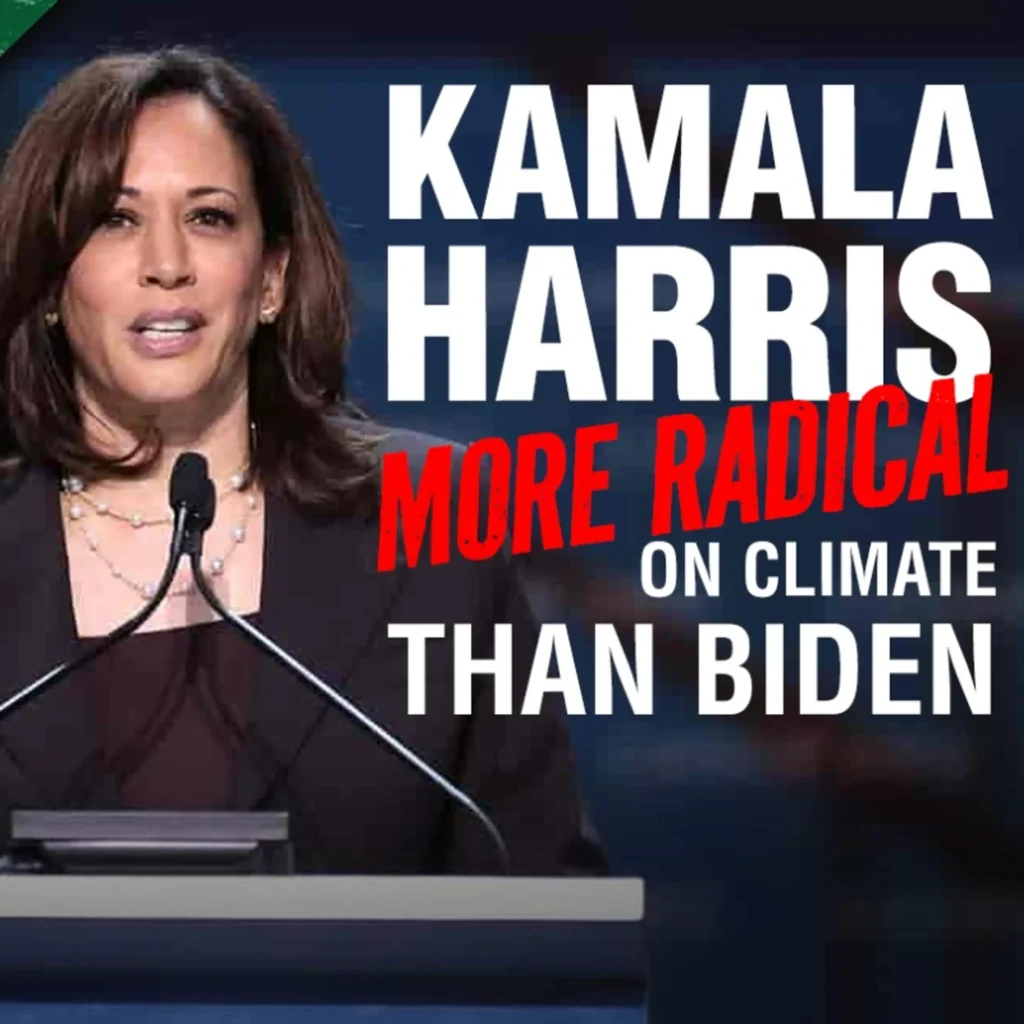The Association of American Medical Colleges projects the United States will have 124,000 fewer doctors than it needs by 2025, resulting in a national dependence on nurse practitioners and physicians’ assistants to manage increasing patient loads and provide patients with adequate care.
Health policy analysts say the solution may be found in consumer-driven health care: giving consumers more control over health care spending decisions.
Patients Will Notice
AAMC, a nonprofit organization representing medical schools, teaching hospitals, and academic societies, predicts the physician shortage will affect patients in various ways, including “longer waiting times for appointments, increased travel distances to get care, shorter visit times with physicians, expanded use of non-physicians for care, and higher prices.”
The group says not enough physicians are entering the field to replace those who retiring from the workforce. Its research finds the education and training of physicians as currently structured will not be enough to alleviate the strain on the system.
Instead, AAMC’s work suggests, “complex changes such as improving efficiency, reconfiguring the way some services are delivered, and making better use of our physicians will be needed.”
Devon Herrick, Ph.D., a senior fellow at the National Center for Policy Analysis, agrees the recommended changes are needed, though he is skeptical about how dramatic a difference they will make.
“Obviously, doctors are highly trained professionals,” said Herrick. “While increasing the efficiency of services will have a positive influence on patient care, the cause of the shortage itself—barriers to entry—must be addressed.
“To increase the number of doctors in the field, more funding is needed for training and a market approach to doctor pay needs to be taken,” Herrick said.
Consumer-Driven Prescription
John R. Graham, director of health care studies at the Pacific Research Institute, considers the matter of doctor pay to be key.
“Currently,” Graham said, “U.S. physicians earn 10 percent of their income from patients. In 1950 this share was about 85 percent, and it was 40 percent as recently as 1980.
“By taking health care dollars away from American families and giving them to employers and state programs, the government has significantly harmed the physician-patient relationship,” Graham said.
Graham suggested by “returning health care dollars to patients, the government would make the practice of medicine more attractive because doctors would no longer serve many masters. Instead, they would work solely for their patients.”
Herrick agreed with Graham’s consumer-driven prescription, saying “giving consumers control over their own health care dollars rather than leaving them out of the doctor-insurance provider loop” would free up patients and doctors “to engage in a more mutually beneficial relationship.”
Value for Value
With control over their own health care, said Herrick, “consumers can make their own health care decisions, which will result in patients paying, and physicians being paid, what the services rendered are actually worth.”
Under a consumer-driven approach, said Herrick, doctors would be paid what they are worth, and patients would receive the time and care they desire from their physicians.
Elisha Maldonado ([email protected]) writes from California
For more information …
“The Complexities of Physician Supply and Demand: Projections through 2025,” Association of American Medical Colleges: https://services.aamc.org/Publications/showfile.cfm?file=version122.pdf&prd_id=244&prv_id=299&pdf_id=122



